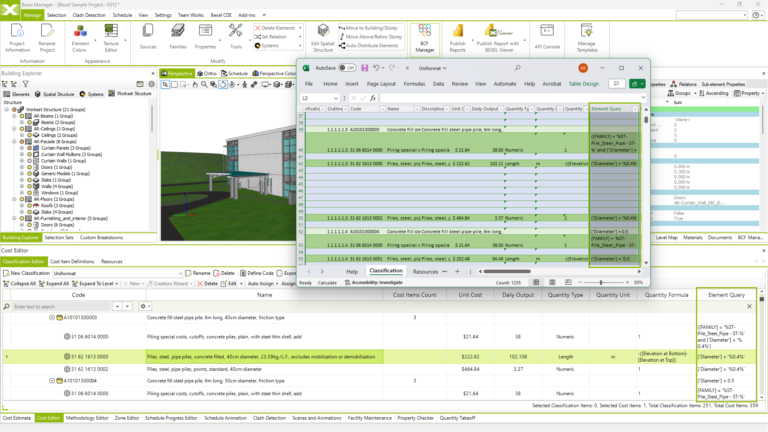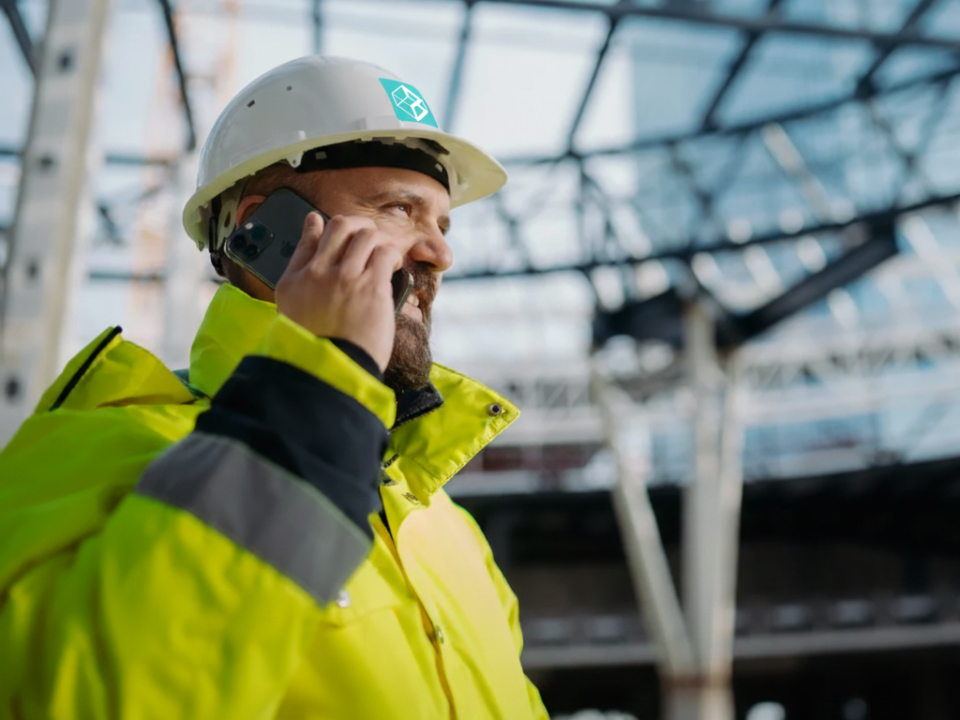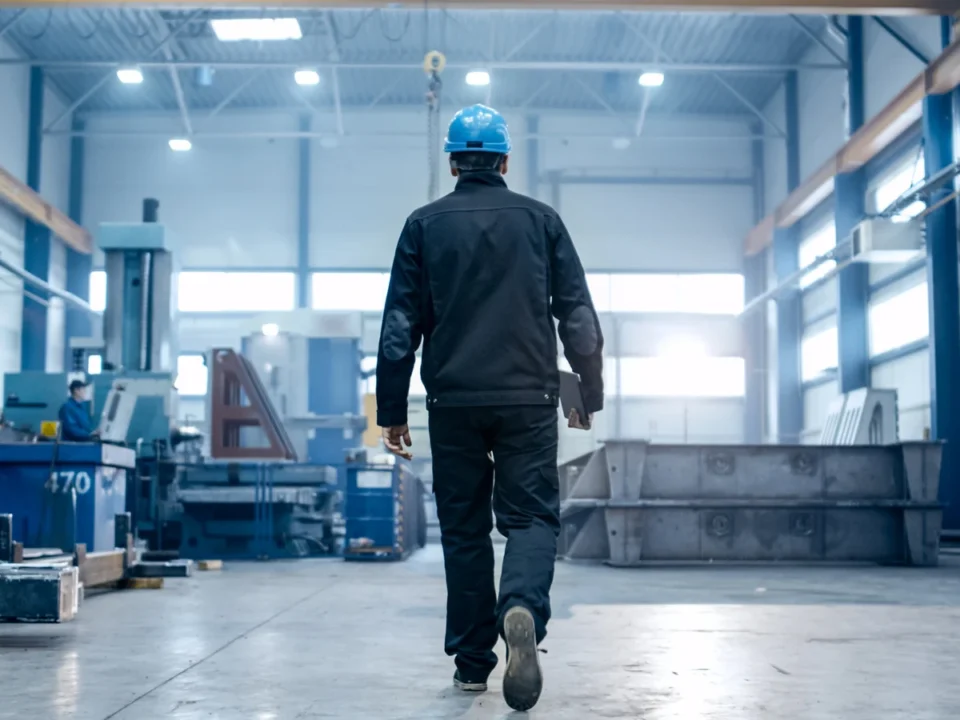Building Information Modeling (BIM) has rapidly become an essential part of modern construction projects, enabling developers to significantly optimize costs and increase overall project efficiency. But how exactly does BIM help achieve these savings? Here are the key ways developers can leverage BIM technology to streamline construction budgets:
1. Accurate Project Planning
BIM offers detailed digital 3D models that represent the building before any construction work begins. This allows developers to visualize and assess the project's viability, spotting and correcting potential issues early. Early detection of design conflicts prevents costly on-site corrections, thereby saving both time and money.
2. Precise Budgeting and Cost Estimations
By integrating detailed information within the BIM model, developers can precisely forecast material quantities, labor requirements, and equipment needs. Accurate quantity take-offs minimize waste, avoid over-ordering, and eliminate unforeseen expenses, keeping budgets transparent and predictable throughout the project.



3. Enhanced Coordination and Collaboration
BIM acts as a centralized platform accessible to architects, engineers, contractors, and developers, promoting real-time collaboration. Clearer communication ensures all stakeholders have consistent and updated information, reducing misunderstandings and costly mistakes resulting from miscommunication.
4. Improved Project Scheduling
BIM provides the ability to visualize construction sequences and optimize schedules efficiently. Developers can anticipate project timelines, manage resources effectively, and reduce downtime. Improved scheduling translates directly into shorter construction durations, lower labor costs, and faster project delivery.
5. Resource Efficiency
Managing resources wisely is critical for cost optimization. BIM helps developers accurately monitor resource usage, plan deliveries just-in-time, and optimize the allocation of manpower and machinery. This efficiency reduces unnecessary costs associated with resource mismanagement or waste.
6. Sustainability and Lifecycle Cost Savings
BIM allows developers to simulate building performance, including energy consumption and operational costs, early in the design phase. By optimizing designs for sustainability, developers can significantly reduce long-term expenses such as utility and maintenance costs, contributing to overall project profitability.
Conclusion
BIM isn't merely a technological upgrade; it's a strategic approach that can substantially optimize construction costs. By enabling precise planning, enhanced collaboration, efficient scheduling, effective resource management, and sustainable practices, BIM positions developers to deliver successful projects within budget and on schedule.
Embracing BIM technology can help developers stay competitive and profitable, transforming construction projects into smarter, cost-effective ventures.





